Hair loss is a natural part of aging, but when it begins can vary. Some men notice early signs in their late teens or early 20s, while others may not experience significant thinning until their 30s or 40s. Understanding the timeline of hair loss and the factors that contribute to it can help men take proactive steps to maintain scalp and hair health.
While genetics play the biggest role, other factors such as hormonal changes, diet, and scalp care also influence hair thinning. Knowing what causes hair loss and how to support the scalp can help maintain stronger, healthier-looking hair over time.
Understanding Male Pattern Hair Loss
The most common cause of hair loss in men is androgenetic alopecia, also known as male pattern baldness. This condition is primarily driven by genetics and the hormone dihydrotestosterone (DHT), which causes hair follicles to shrink over time. As the follicles shrink, the hair becomes finer and shorter until the hair follicle stops producing hair altogether.
Hair loss due to DHT typically follows a recognizable pattern. It often begins with a receding hairline or thinning at the crown. Over time, these areas may expand, leading to more noticeable bald spots. While this process is gradual, men who start losing hair early may experience more advanced thinning by their 40s or 50s.
Keeping the scalp nourished is an important step in hair wellness. Using a scalp serum can help balance the scalp and create an optimal environment for healthy hair.

When Does Hair Loss Begin?
Hair loss can begin at different ages depending on genetics and lifestyle factors.
-
Late Teens to Early 20s: Some men with a strong genetic predisposition may notice a receding hairline or mild thinning at this stage.
-
30s: This is when many men start to see noticeable thinning, particularly at the temples or crown.
-
40s and Beyond: Hair loss tends to become more apparent as follicles continue to shrink, and the rate of shedding may increase.
While age is a factor, other conditions such as stress, poor diet, and scalp health can accelerate hair thinning. Taking care of the scalp with volumizing shampoo can help cleanse and maintain hydration.

What Causes Hair Loss?
While genetics are the primary cause, other factors can contribute to hair thinning:
-
Hormonal Changes: Fluctuations in testosterone and DHT levels influence hair follicle health. Higher sensitivity to DHT can also accelerate hair loss.
-
Nutrient Deficiency: Essential vitamins like biotin, zinc, and iron play a crucial role in hair strength. A lack of these nutrients may lead to increased shedding.
-
Stress and Lifestyle Factors: Chronic stress increases cortisol levels, which can contribute to temporary or long-term hair thinning. Poor sleep and unhealthy diet choices also affect hair strength.
-
Scalp Health: A dry or irritated scalp can weaken hair follicles, leading to excess shedding.

Early Signs of Hair Thinning
Recognizing hair loss early can help men take action to maintain scalp and hair health. Some common early signs include:
-
A receding hairline, particularly around the temples.
-
Excess shedding when brushing or washing hair.
-
A thinner crown, where hair density decreases over time.
-
Slower hair growth, with shorter and thinner strands replacing shed hair.
By addressing these signs early and incorporating scalp-friendly products, men can maintain thicker-looking hair for longer.
How to Support Hair and Scalp Health
Maintaining hair health involves more than just genetics—it also depends on daily habits. Here are some steps to help support thinning hair:
-
Use Gentle, Nourishing Hair Products: Harsh shampoos strip natural oils, making hair more vulnerable to breakage.
-
Massage the Scalp: Regular scalp massages help improve circulation, which can create a healthier environment for hair.
-
Eat a Nutrient-Rich Diet: Consuming enough protein, omega-3 fatty acids and vitamins like biotin and iron can help strengthen hair.
-
Avoid Excessive Heat and Chemical Treatments: Heat styling, chemical dyes, and harsh treatments weaken hair over time. Reducing exposure to these factors can help prevent unnecessary damage.
-
Manage Stress Levels: Chronic stress can contribute to hair shedding. Practicing relaxation techniques and getting enough sleep can support overall well-being, including hair health.
Conclusion
Hair loss is a gradual process that varies from person to person. While some men may notice thinning in their early 20s, others may not experience significant hair loss until later in life. Genetics, hormones, and lifestyle all play a role in the rate of hair thinning.






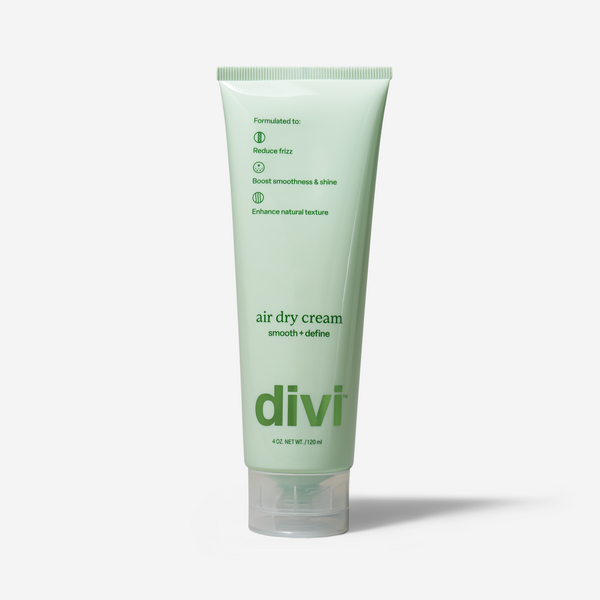


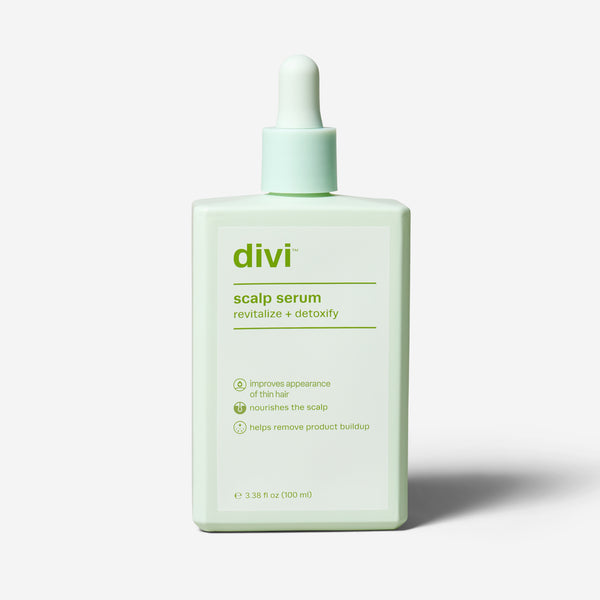

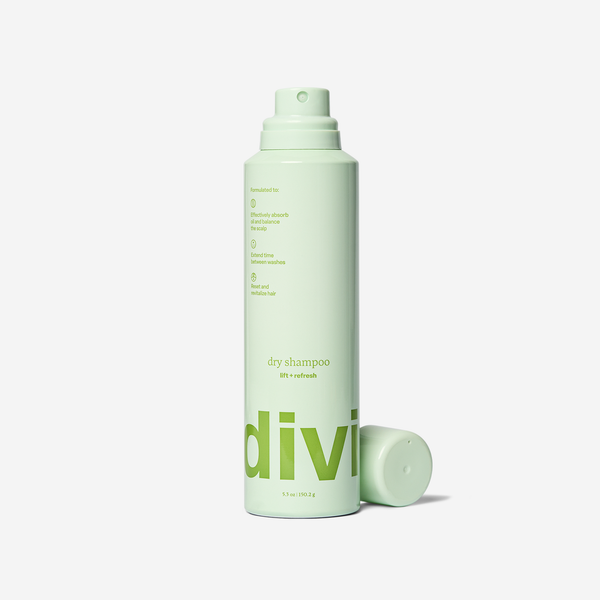

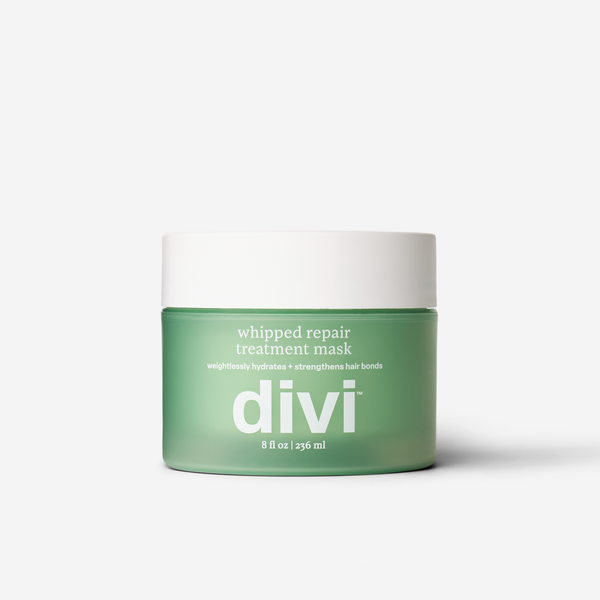
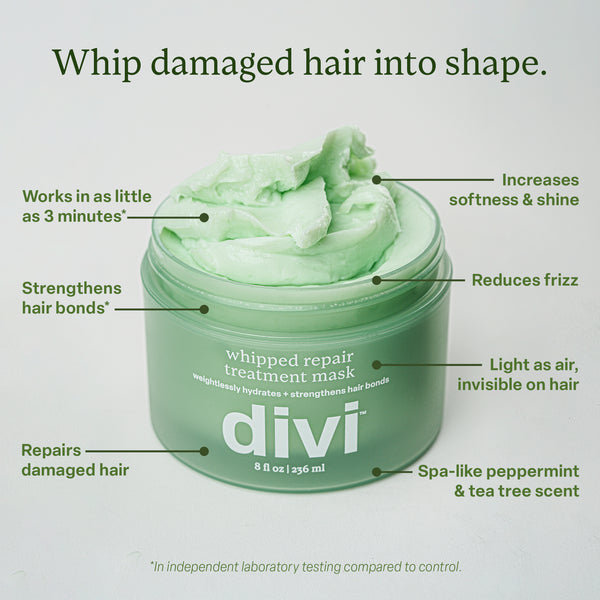
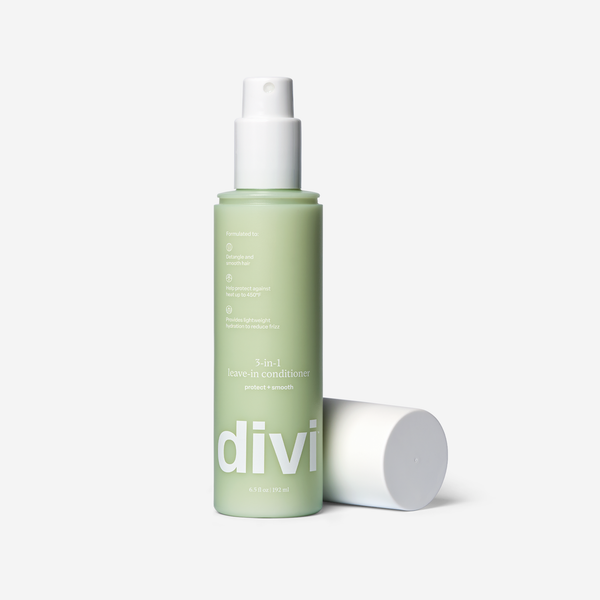










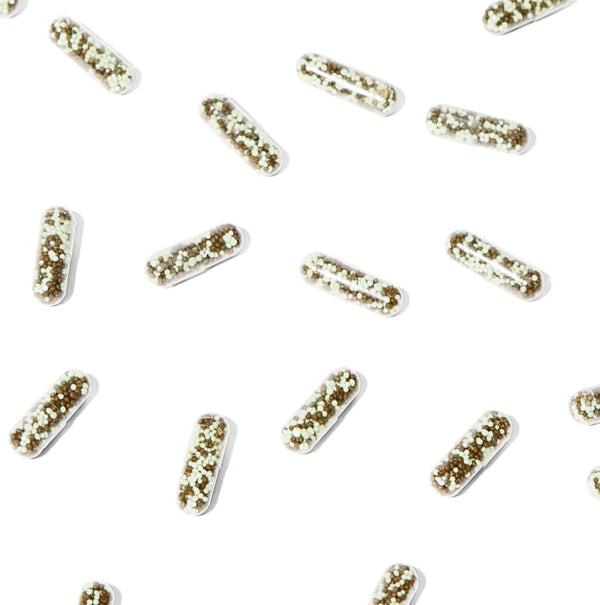

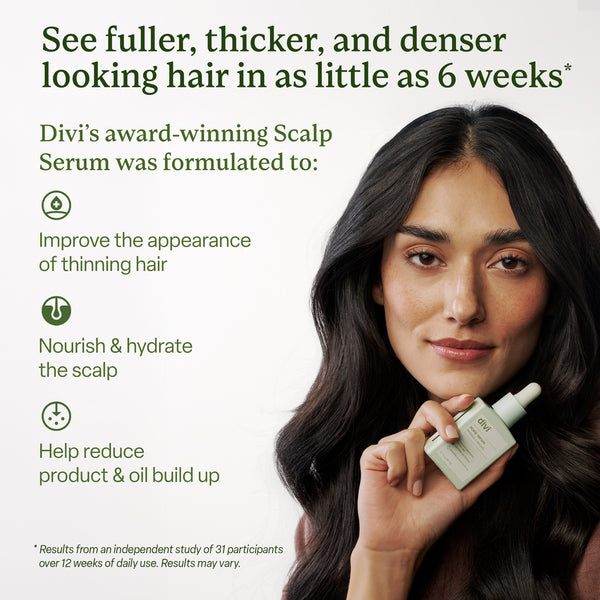


















 30ml Scalp Serum
30ml Scalp Serum
 100ml Scalp Serum
100ml Scalp Serum
 Volumizing Shampoo
Volumizing Shampoo
 Hydrating Shampoo
Hydrating Shampoo
 Travel-Sized Volumizing Shampoo
Travel-Sized Volumizing Shampoo
 Travel-Sized Hydrating Shampoo
Travel-Sized Hydrating Shampoo
 Volumizing Conditioner
Volumizing Conditioner
 Hydrating Conditioner
Hydrating Conditioner
 Travel-Sized Volumizing Conditioner
Travel-Sized Volumizing Conditioner
 Travel-Sized Hydrating Conditioner
Travel-Sized Hydrating Conditioner
 3-in-1 Leave-In Conditioner
3-in-1 Leave-In Conditioner
 Best Sellers Bundle
Best Sellers Bundle
 Volumizing Starter Bundle
Volumizing Starter Bundle
 Hydrating Starter Bundle
Hydrating Starter Bundle
 The Healthy Hair Bundle
The Healthy Hair Bundle
 Hair Vitamins Trio
Hair Vitamins Trio
 Dry Shampoo
Dry Shampoo
 Hair Vitamins
Hair Vitamins
 Volumizing Shampoo & Conditioner
Volumizing Shampoo & Conditioner
 Travel-Sized Volume Duo
Travel-Sized Volume Duo
 Hydrating Shampoo & Conditioner
Hydrating Shampoo & Conditioner
 Travel-Sized Hydrating Duo
Travel-Sized Hydrating Duo
 Travel-Sized Dry Shampoo
Travel-Sized Dry Shampoo
 Travel-Sized Dry Shampoo Trio
Travel-Sized Dry Shampoo Trio
